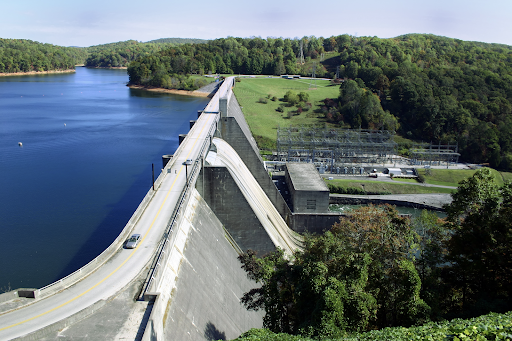In 2021, at least 239 obstacles, including dams and weirs, were demolished across 17 European nations, setting a new record for dam removals on the continent.

Spain Leading the Count
With 108 constructions removed from the country's waterways, Spain took the lead. "Our efforts to increase dam removals across Europe are picking up steam," said Pao Fernández Garrido, project manager for the World Fish Migration Foundation, who contributed to the annual report Dam Removal Europe.
"A growing number of governments, NGOs, businesses, and communities recognize the necessity of preventing and reversing environmental degradation, and believe that dam removal is a river-restoration strategy that promotes biodiversity and improves climate resilience." We're also seeing learning from prior dam removals, new countries kicking off dam removals, and new financing, including crowdfunding."
Dams All Over Europe Rivers
On Europe's rivers, there are thought to be over 1 million obstacles, many of which date back over a century. At least 150,000 of the barriers are ancient and no longer functional.
Dams, weirs, and other river barriers obstruct fish migratory pathways, resulting in the loss of breeding habitats and lower populations of salmon, sturgeon, trout, and eel, which has an impact on ecosystem biodiversity, including species ranging from eagles to otters. Rivers that run freely deliver sediments and nutrients.
"Dam removal is a major requirement," Fernández Garrido remarked. "There are hundreds of thousands of abandoned barriers, which is a serious safety issue." Dams have an impact on water quality and underground water levels, cause channel and coastal erosion and beach disappearances, emit greenhouse gases, and cause migratory fish populations to decline and even extinction, with migratory fish populations in Europe declining by 93 percent in the last 50 years. Dams have a harmful influence on the ecology, thus we must not transmit the burden to future generations if a dam or weir is no longer technically essential."
Dam Removal
Dam Removal Europe is a group of seven organizations striving to restore healthy, free-flowing rivers across Europe, including the World Fish Migration Foundation, WWF, the Rivers Trust, and Rewilding Europe. According to the current study, 76 percent of the dams and weirs removed were tiny, while 24 percent were taller than 2 meters. In 2021, three nations - Portugal, Montenegro, and Slovakia - were the first to remove dams. A working hydroelectric dam was also decommissioned in Finland, the first of three on the Hiitolanjoki River that, once finished, would allow landlocked salmon to return to breeding areas.
"This is the perfect illustration of why it's worth decommissioning an active hydroelectric dam and reclaiming the river when electricity can be obtained from other sources," Fernández Garrido said. "For the first time in almost 120 years, the river will be completely dam-free."
In 2021, Spain will dismantle 108 obstacles from its rivers, including the 13-meter-high Anllarinos dam, which was decommissioned last year. "Spanish law is one of the finest in the world when it comes to dams," said Rafael Seiz of the WWF-Freshwater Spain's Program. "In Spain, the owner is required to pay for the dismantling of infrastructure after it is no longer in use."
"Spain, France, Denmark, Finland, and the United Kingdom are leading the way," Fernández Garrido added. "Other nations, such as Italy, Portugal, and Greece, as well as practically all countries in Eastern Europe, where many proponents of dam removals are still unwilling to openly discuss it," says the report.
Clearing Rivers
The restoration of free-flowing rivers is viewed as critical due to substantial losses in freshwater fish populations. "We honestly believe 2022 will surpass 2021, [because] financial assistance is being developed to help pay the removal expenses, such as the new Open Rivers Programme, which will invest €42.5 million over the next six years to help remove river barriers across Europe," Fernández Garrido added.
"We truly want to see governments from all nations take action and create national grants and programs to entirely remove impediments from certain of their rivers so that each country has at least one free and healthy river." We're talking about a major change."
For similar news, don't forget to follow Nature World News!
© 2026 NatureWorldNews.com All rights reserved. Do not reproduce without permission.





